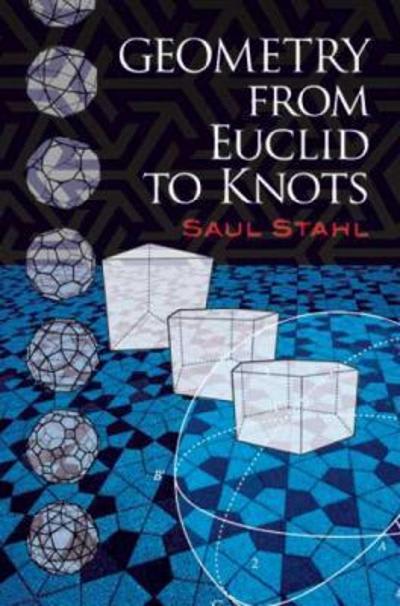Question
The code has to be in R language, thank you. ```{r setup, include=FALSE} knitr::opts_chunk$set(echo = TRUE) library(tidyverse) library(ggplot2) library(knitr) ``` ## Introduction One goal of
The code has to be in R language, thank you.
```{r setup, include=FALSE} knitr::opts_chunk$set(echo = TRUE) library(tidyverse) library(ggplot2) library(knitr) ```
## Introduction
One goal of the problem sets in this class is to encourage you to innovate with the techniques you have learned. This innovation can take to form of figuring out how a method applies to a new situation, or how a principle can be generalized to a new method.
This level of creativity can be a very enjoyable aspect of the practice of data science. It can also be very hard to pull off on a tight deadline. Please try to start the problem set early to give yourself time to step away and come back with new ideas. If you are stuck as the deadline approaches, consulting with a colleague or mentor (instructor) may be an option.
"Take chances. Get messy. Make mistakes," (Magic School Bus)
## Part 1
The goal of questions 1 and 2 is to investigate whether the polio rate among the non-vaccinated children in randomized control trial is significantly different from the polio rate in the placebo group. If participation in the trial is unrelated to contracting polio, these populations shouldn't differ significantly in their experience of the disease.
The code and simulation methods from 01_polio_simulation_binomial_model.Rmd and 01_polio_simulation_shuffle_model.Rmd may be helpful.
### Question 1
Please calculate and display the proportion of paralytic polio cases in the "Placebo" group and separately in the "NotInoculated" group in the "RandomizedControl" trial.
```{r} library(HistData) dat<-PolioTrials
```
### Question 2
Under the hygiene hypothesis, the "Placebo" group could be more vulnerable to polio than the "NotInoculated" group.
Consider the probability model that the number of paralytic polio cases in the "Placebo" group of the "RandomizedControl" experiment is a draw from the binomial distribution with the number of trials equal to the number of children in the "Placebo" group and the probability of "success" is equal to the proportion of paralytic polio cases in the "Placebo" and "NotInoculated" groups of the "RandomizedControl" combined. Without simulation, calculate the probability of a draw that is greater than or equal to the observed value.
```{r}
```
## Part 2
you will be asked to generalize the idea of a statistic and a null hypothesis of "no difference" for two groups with binary outcomes (Paralytic and not Paralytic) to a statistic and a null hypothesis of "no difference" for two groups with three outcomes (Paralytic,NonParalytic,FalseReport). The basic question is whether the proportions of each of those outcomes differed between the RandomizedControl Vaccinated and the RandomizedControl Placebo groups. This could be used to address the question of whether the appearance of symptoms and the severity of symptoms differed between the two groups.
```{r} dat.2<-t(dat[1:2,4:6]) dat.2<-data.frame(dat.2) names(dat.2)<-c("Vaccinated","Placebo") ```
### Question 3
Please use R to calculate the proportions in each category for the RandomizedControl Vaccinated and the RandomizedControl Placebo groups.
```{r}
```
### Question 4
Please describe a probability model for a simulation-based hypothesis test that addresses whether the two groups can reasonably be considered to come from populations with the same proportions of Paralytic,NonParalytic, and FalseReport
How is the test statistic computed?
What is the probability model that captures the null hypothesis?
How can the probability model be simulated?
What comparison of the observed statistic and the values of the test statistics from the simulations addresses the question?
Some possible variable manipulations are shown below.
Step by Step Solution
There are 3 Steps involved in it
Step: 1

Get Instant Access to Expert-Tailored Solutions
See step-by-step solutions with expert insights and AI powered tools for academic success
Step: 2

Step: 3

Ace Your Homework with AI
Get the answers you need in no time with our AI-driven, step-by-step assistance
Get Started


